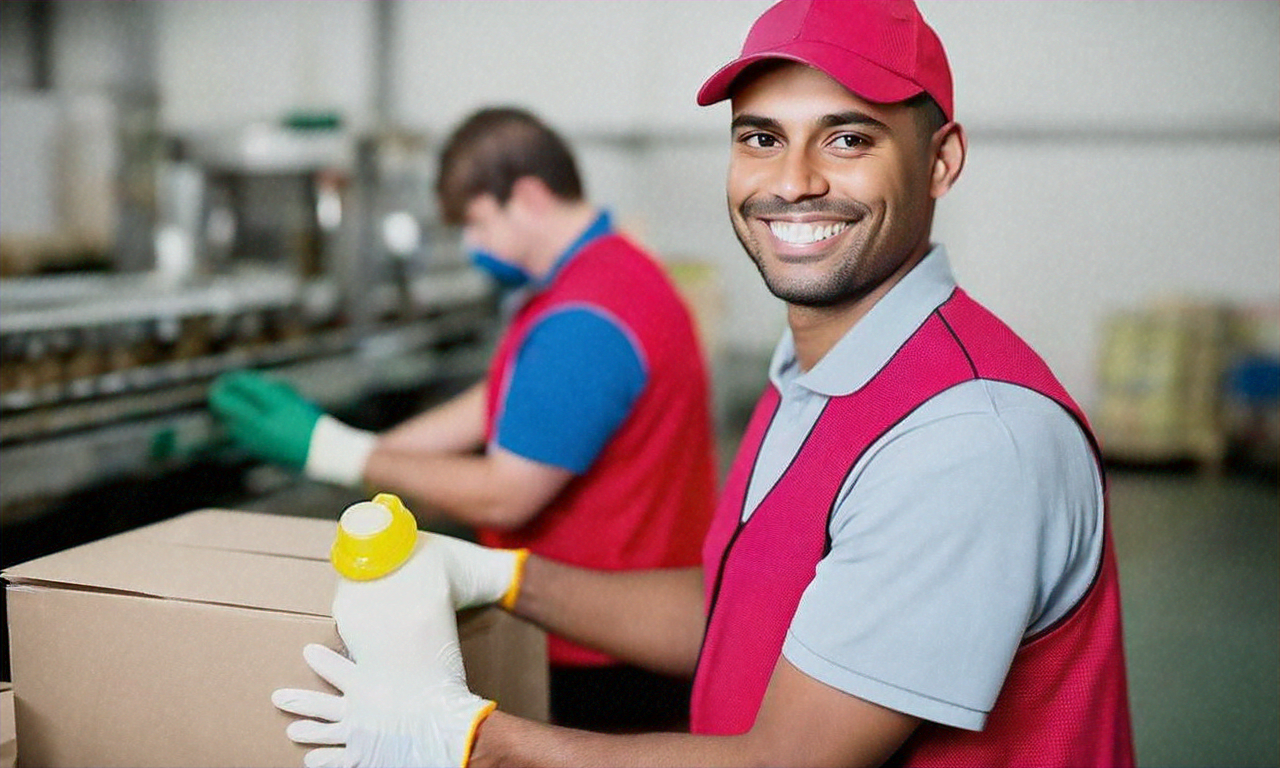Manufacturing's Unsung Heroes: Exploring Packaging Careers
Discover the vital role of packaging professionals in the manufacturing industry. From ensuring product safety to optimizing logistics, these unsung heroes keep the wheels of production turning. Learn about the skills, qualifications, and potential career paths in this essential field that bridges production and distribution across various sectors.

The manufacturing industry relies heavily on skilled packaging professionals to ensure products reach consumers in pristine condition. These vital team members serve as the crucial link between production lines and end-users, employing a range of skills to safeguard and prepare items for shipment or storage. Let’s delve into the world of packaging careers and explore the opportunities they present across diverse manufacturing sectors.
Core Responsibilities in Packaging Roles
Packaging professionals typically engage in a variety of tasks, including:
- Carefully assessing products for quality and completeness
- Selecting appropriate packaging materials based on product specifications
- Utilizing protective elements like bubble wrap or custom foam inserts
- Arranging items securely within containers or boxes
- Applying accurate labels and shipping information
- Managing packaging equipment such as shrink-wrap or sealing machines
- Upholding cleanliness and organization standards in work areas
- Adhering to safety protocols and company guidelines
It’s important to note that specific duties may vary depending on the industry and product type. Some roles might require additional skills, such as forklift operation or familiarity with specialized packaging technologies.
Qualifications for Success in Packaging
While many packaging positions are entry-level, certain qualifications and attributes can enhance one’s prospects:
- High school diploma or equivalent (often preferred)
- Physical endurance and comfort with extended periods of standing
- Strong hand-eye coordination and manual dexterity
- Fundamental mathematical skills for counting and measuring
- Keen eye for detail and commitment to quality
- Ability to thrive in fast-paced environments
- Excellent teamwork and communication abilities
- Flexibility to work various shifts, including nights and weekends
- Understanding of and commitment to workplace safety practices
Some employers may seek additional certifications, such as forklift operation or hazardous materials handling, depending on specific job requirements and industry standards.
Manufacturing’s Impact on Packaging Career Prospects
The health of the manufacturing sector significantly influences the availability of packaging roles. Several factors come into play:
- Economic Conditions: A thriving economy often leads to increased manufacturing output, creating more packaging positions.
- Technological Advancements: While automation has impacted some tasks, many packaging functions still require human expertise and decision-making.
- Industry Diversity: Various manufacturing sectors, from food processing to electronics, create a wide array of packaging opportunities with unique requirements.
- Seasonal Fluctuations: Some industries experience peak periods, leading to temporary increases in packaging personnel needs.
- E-commerce Growth: The rise of online shopping has amplified the demand for efficient packaging solutions, potentially expanding opportunities in fulfillment centers.
Understanding these dynamics can help individuals identify trends and potential openings in the packaging job market within the manufacturing realm.
Work Environment and Conditions
The work setting for packaging professionals can vary, but certain commonalities exist:
- Physical Demands: Jobs often involve extended periods of standing, lifting moderate weights, and performing repetitive motions.
- Facility Characteristics: Most positions are based in warehouse or factory environments, which may be noisy and subject to temperature variations.
- Shift Patterns: Many manufacturing operations run continuously, requiring packaging staff to work diverse shifts, including nights and weekends.
- Safety Measures: Employers typically provide and require the use of appropriate safety gear, such as gloves, protective eyewear, and steel-toed footwear.
- Collaborative Atmosphere: Packaging roles frequently involve teamwork on assembly lines or in coordinated groups.
- Performance Metrics: Many positions have established productivity goals or quotas for workers to meet.
- Technological Integration: Increasingly, packaging jobs may incorporate computerized systems or specialized machinery operation.
While the work can be physically challenging, many employers strive to create safe, comfortable, and supportive environments for their packaging teams.
Career Growth and Advancement Opportunities
Packaging roles can serve as stepping stones to broader career paths in manufacturing and logistics. Potential avenues for advancement include:
- Team Leadership: Progressing to supervisory roles overseeing packaging operations
- Quality Assurance: Moving into positions ensuring packaging meets or exceeds standards
- Logistics Coordination: Managing inventory and shipment processes
- Equipment Operation: Advancing to roles operating sophisticated packaging machinery
- Warehouse Management: Taking on broader responsibilities in facility operations
- Supply Chain Oversight: Pursuing careers in end-to-end supply chain management
- Production Planning: Engaging in scheduling and resource allocation for manufacturing processes
- Safety Coordination: Focusing on workplace safety practices and compliance
Advancement often requires a combination of hands-on experience, demonstrated skills, and sometimes additional education or certifications. Many companies offer internal training and development programs to support employee career growth.
In conclusion, packaging careers offer valuable opportunities within the manufacturing sector, providing essential services in the production and distribution chain. While these positions can be physically demanding, they often serve as gateways to broader careers in manufacturing, logistics, and supply chain management. As the manufacturing landscape continues to evolve, packaging professionals remain crucial, adapting to new technologies and changing consumer demands. Individuals interested in these roles should consider the skills, working conditions, and potential for advancement when exploring opportunities in this dynamic field.






